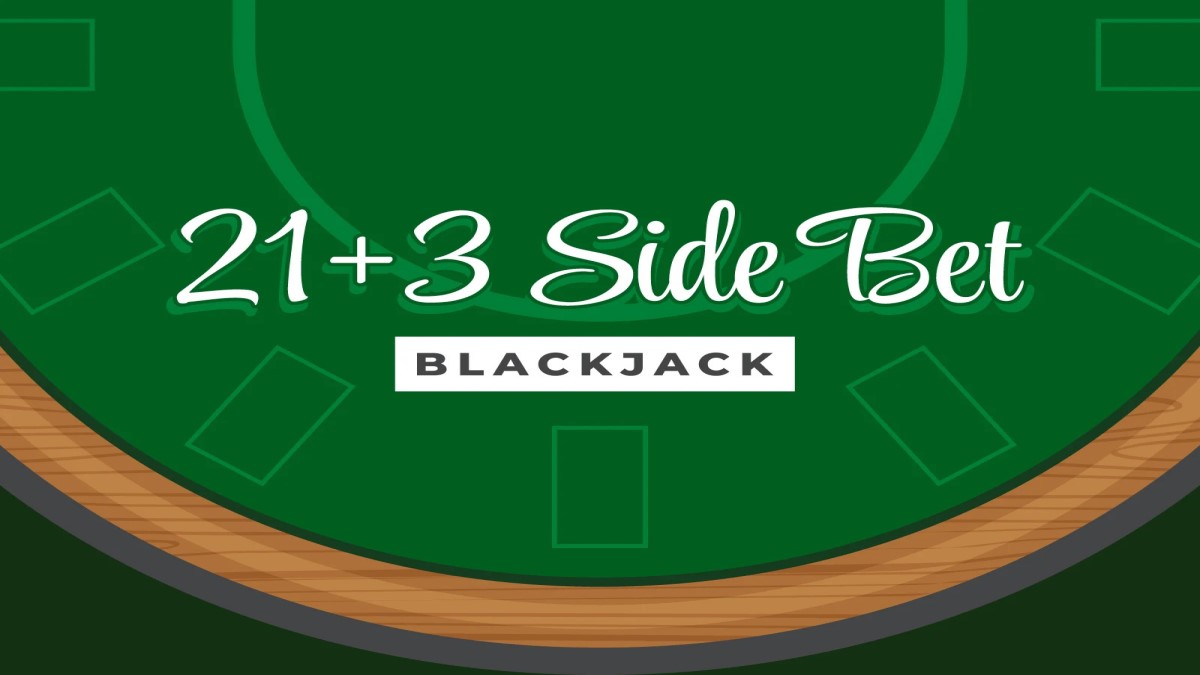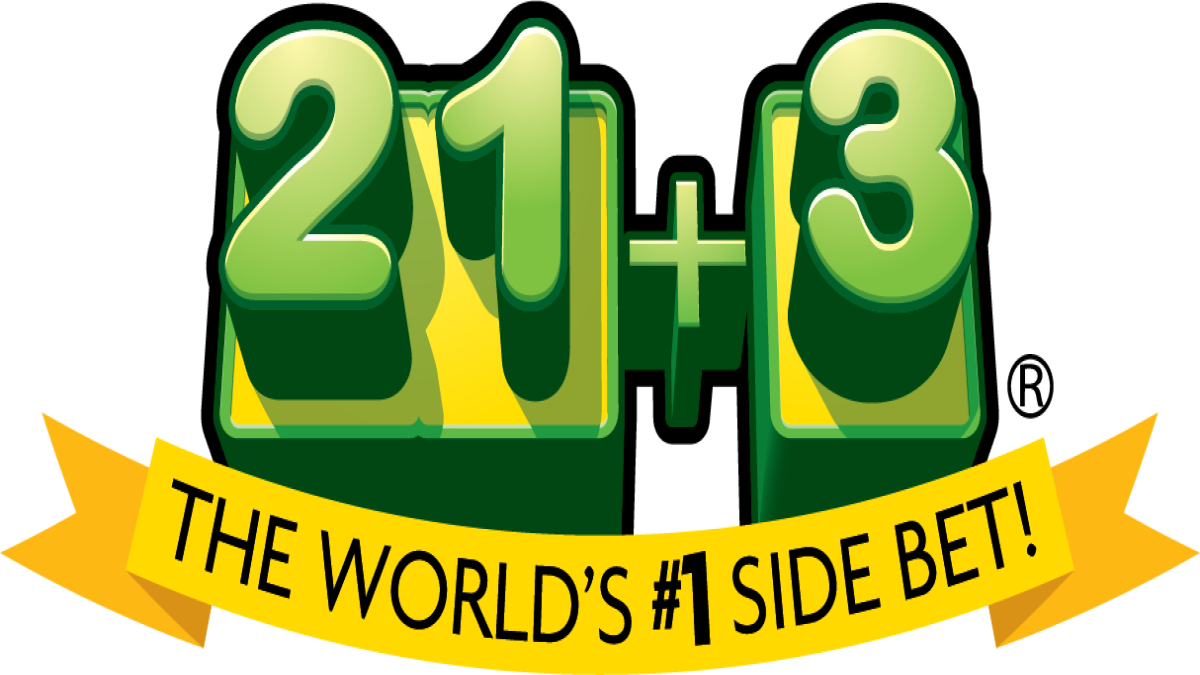

The 21+3 in blackjack refers to a popular side bet that can be placed alongside your main bet in the game. It combines elements of blackjack and three-card poker, offering attractive odds for certain combinations of cards.
- You place the 21+3 side bet in addition to your regular blackjack wager.
- The side bet is based on the combination of your first two cards and the dealer's face-up card.
- The goal is to form one of the following three-card poker hands:
The payout for winning hands varies depending on the specific casino and table you're playing at. For example, a straight flush might pay 180 to 1, while three of a kind suited could pay 270 to 1.
It's important to note that the house edge for the 21+3 side bet can vary depending on the table rules and the casino. The range of house edges for this side bet can be anywhere from 2.78% to 13.39% . Therefore, it's advisable to understand the specific rules and payouts of the 21+3 side bet before placing it.

The odds of the 21+3 side bet in blackjack can vary depending on the specific casino and table rules. The payout odds for winning hands also differ based on the combination achieved. Here are some insights from the search results:
The house advantage on the 21+3 side bet can change significantly depending on the number of decks in play. For example, the house advantage on the top three bet can be approximately 9%.
The odds and payouts for the 21+3 side bet can vary. For instance, a straight flush might pay 180 to 1, while three of a kind suited could pay 270 to 1.
The probability of landing specific hands and the associated odds can differ based on the number of decks used and the specific game variation. For example, the odds of landing a flush can be around 0.058424 with a payout of 5 to 1.
It's important to note that the house edge for the 21+3 side bet can be relatively high, ranging from 2.78% to 13.39% depending on the specific table rules and casino.
Remember, these odds and payouts are general guidelines and can vary depending on the specific casino and table you're playing at. It's always advisable to understand the rules and payouts of the 21+3 side bet at the particular table you're playing on.
